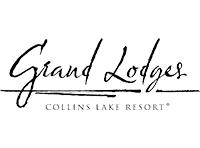Local Area Guide: Things to do / Activities / Attractions
Geocaching
Geocaching is an outdoor recreational activity in which participants use a Global Positioning System receiver or mobile device and other navigational techniques to hide and seek containers, called "geocaches" or "caches," at specific locations marked by coordinates worldwide.



(2).png)







